Time Periods
Paleolithic
Mesolithic
Neolithic
Chalcolithic
Bronze Age
Iron Age
Classical Period
Post-Classical Period
Early Modern Period
Industrial Period
Contemporary Period
Time Periods
Paleolithic
Mesolithic
Neolithic
Chalcolithic
Bronze Age
Iron Age
Classical Period
Post-Classical Period
Early Modern Period
Industrial Period
Contemporary Period
Location
About
El-Kurru is an archaeological site located in Northern Sudan, renowned for its royal Nubian pyramids and tombs associated with the Kushite royals of Napata, particularly from Egypt's 25th Dynasty. The cemetery, primarily used between 860 BCE and 650 BCE, features a variety of burial structures, including tumuli and pyramids. Notable burials include those of King Piye and King Tantamani. The site reflects significant changes in burial practices over time, transitioning from simple tumuli to more elaborate pyramids, some adorned with intricate paintings. The site also served as a Christian settlement in the medieval period, evidenced by the carved graffiti in the pyramids. El-Kurru provides critical insights into the cultural and political transitions in ancient Nubia and its interactions with Egypt.
Gallery
Explore photographs of ancient structures, artifacts, and archaeological excavations at El-Kurru
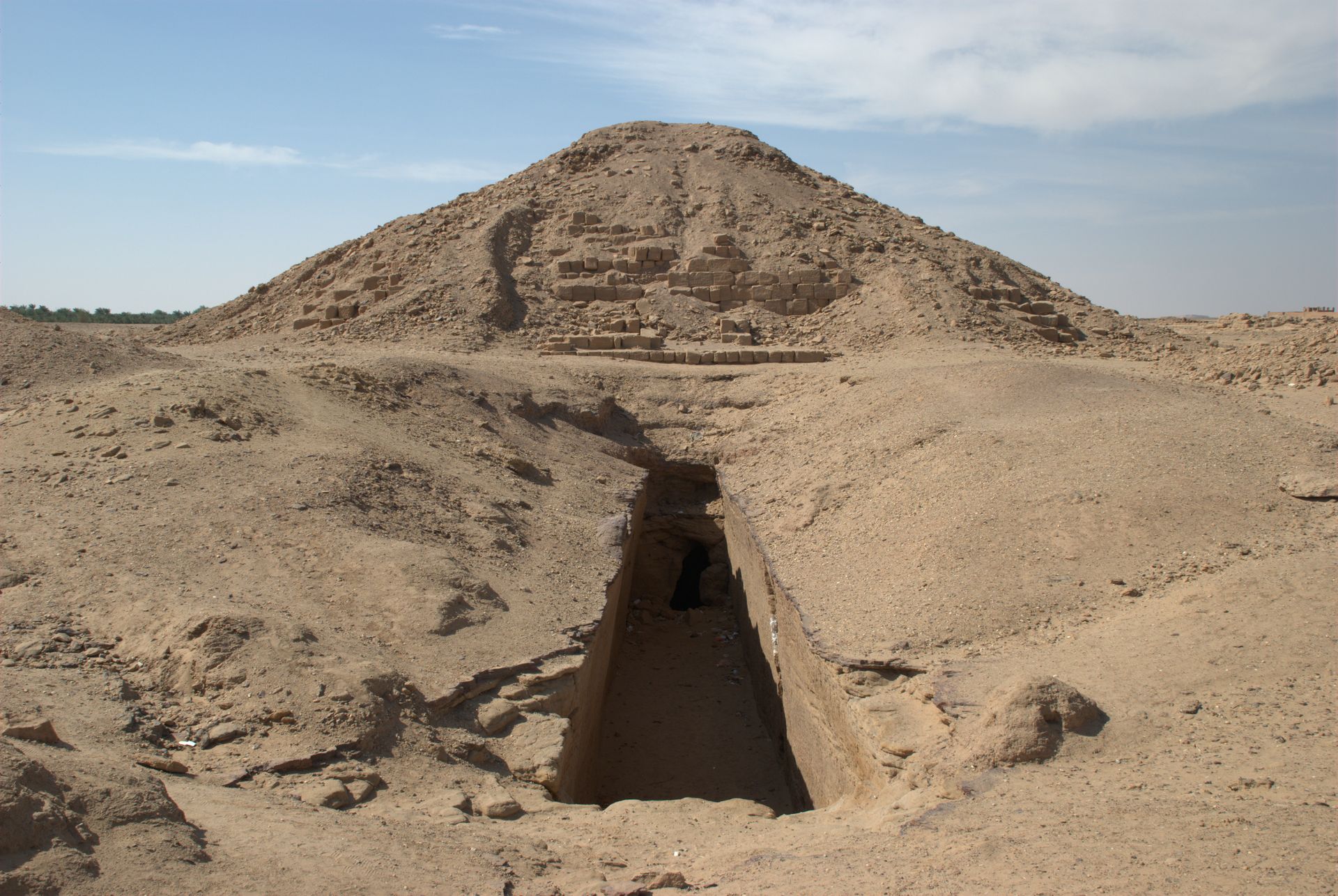
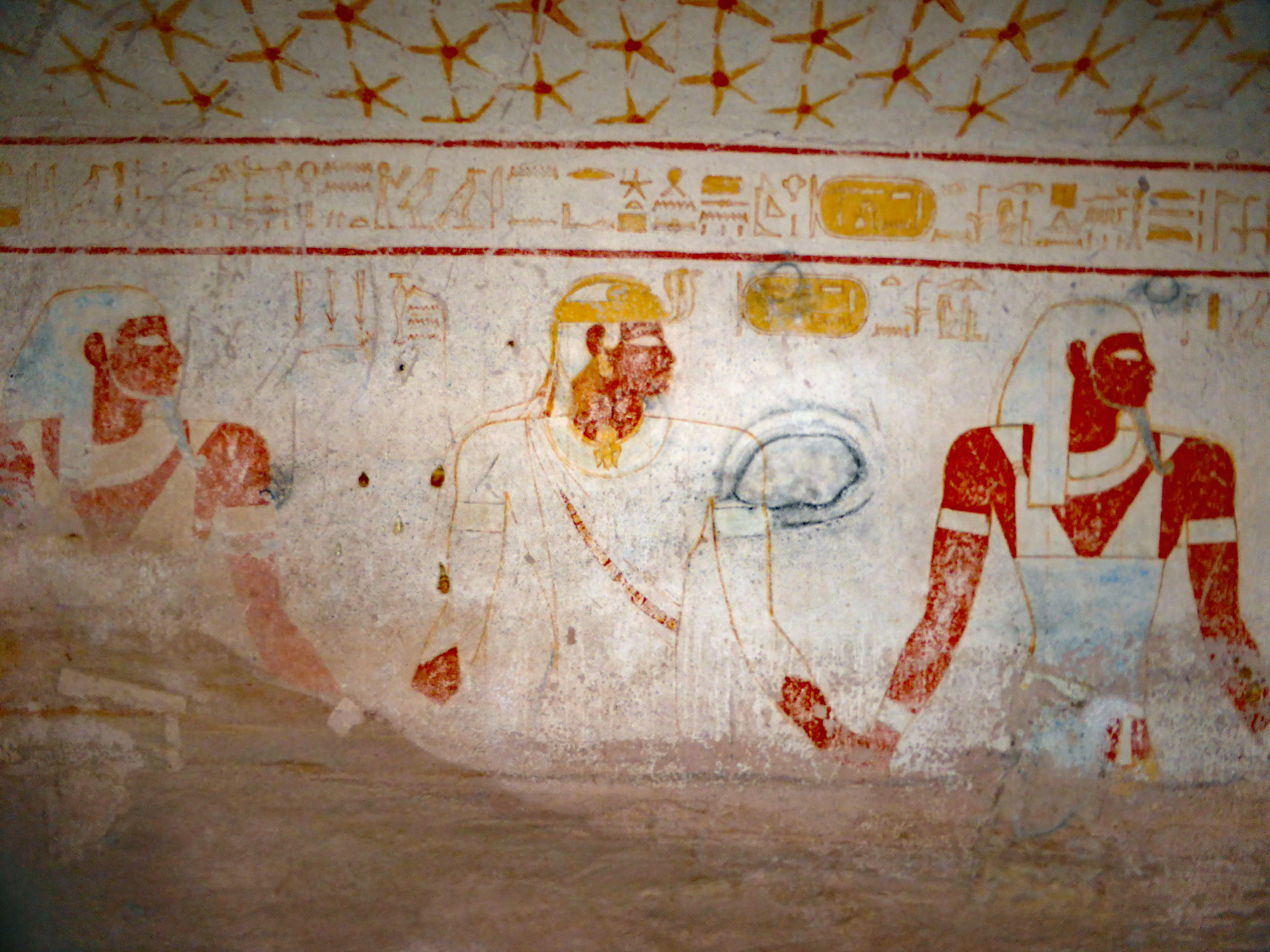

Archaeological Features
Explore the unique architectural and cultural elements found at this historical site
Burial and Funerary Structures
Artistic and Decorative Features
Historical Timeline
Journey through time and discover key events in this site's archaeological history
Plan Your Visit
Details
- Country
- Sudan
- Source
- Wikipedia
More Sites in Sudan
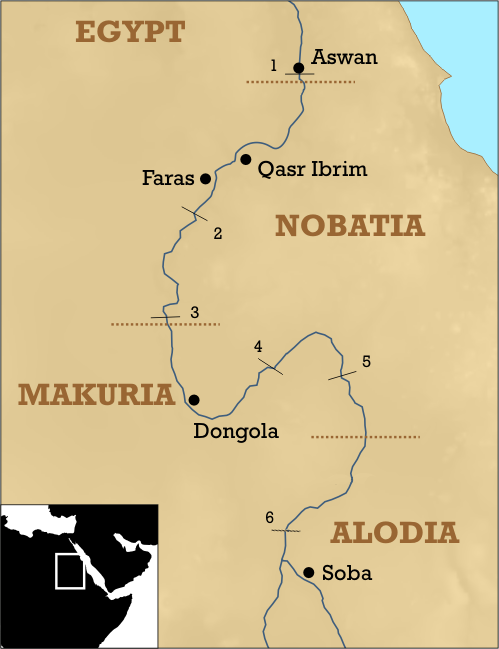
Faras
Underwater city with Christian cathedral art.
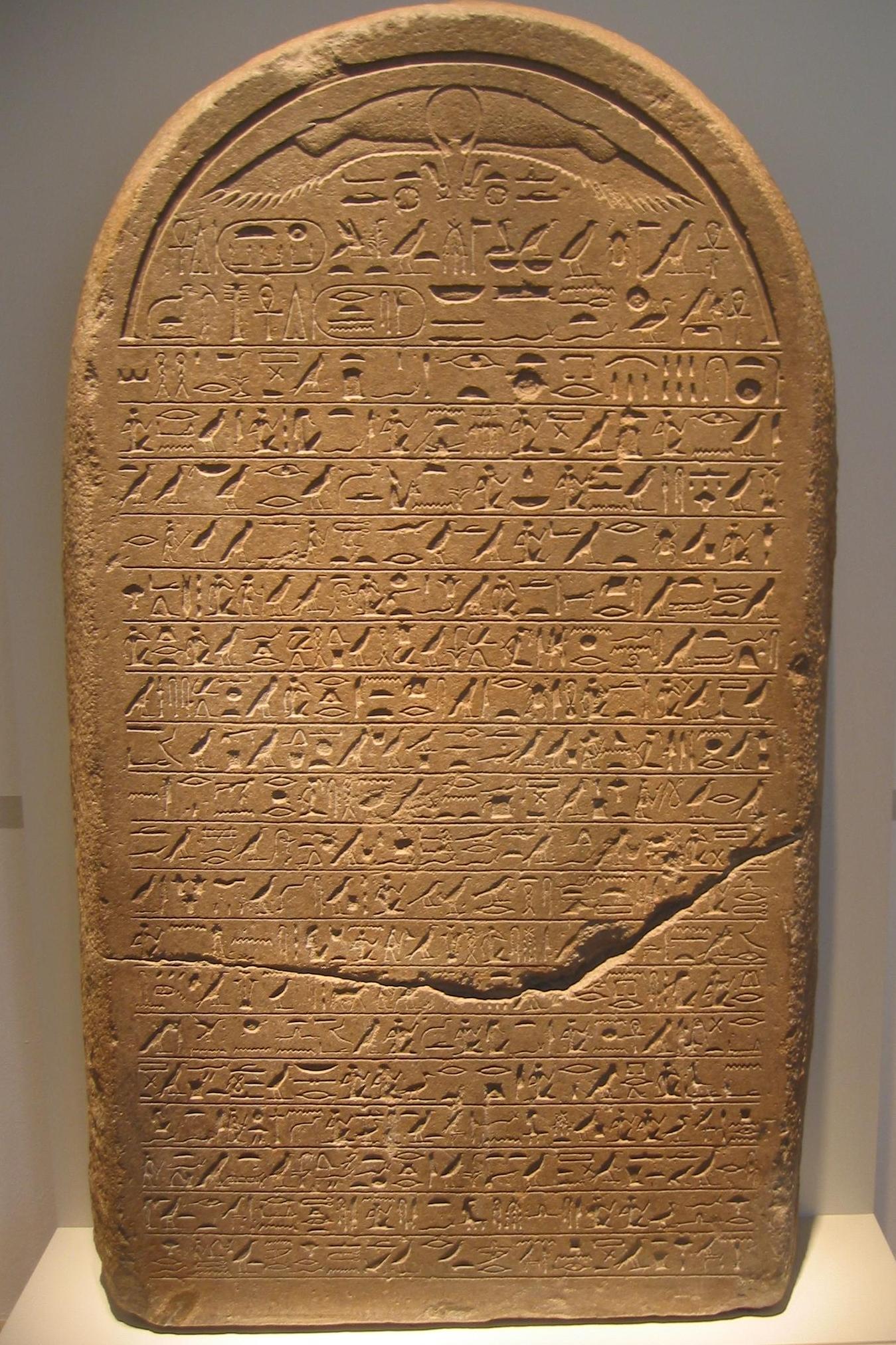
Semna (Nubia)
Middle Kingdom Egyptian fortresses in Nubia

Ain Farah
Stone and brick structures on hilltop.
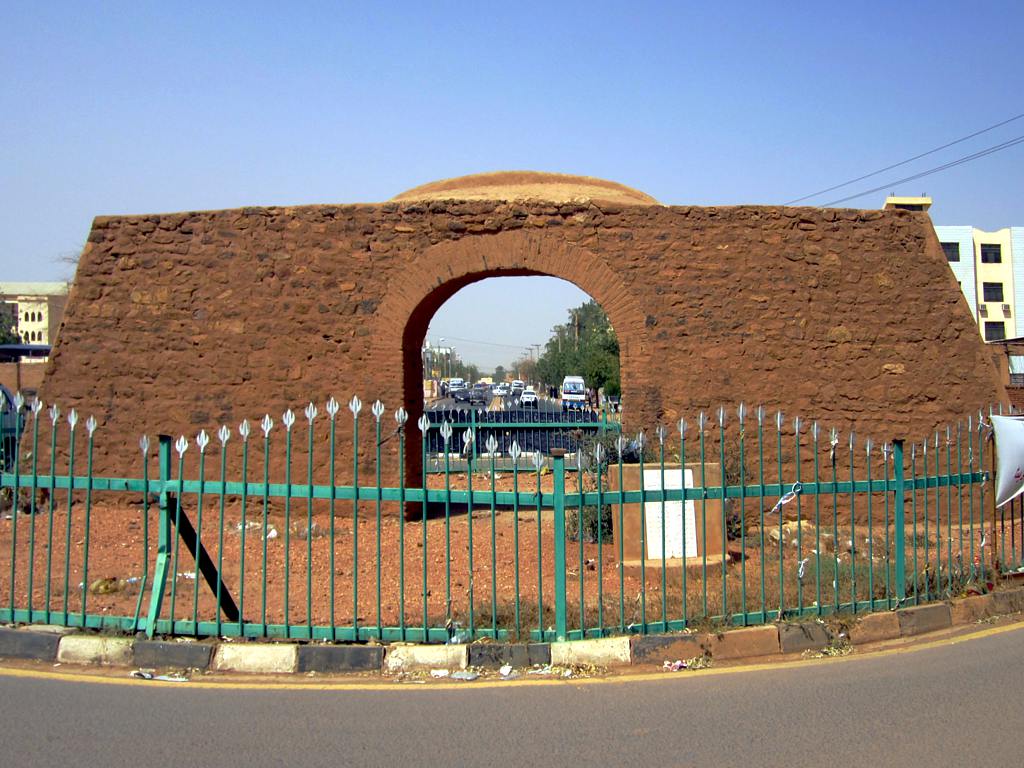
Almorada (Omdurman)
Prestigious ancient district with historical significance
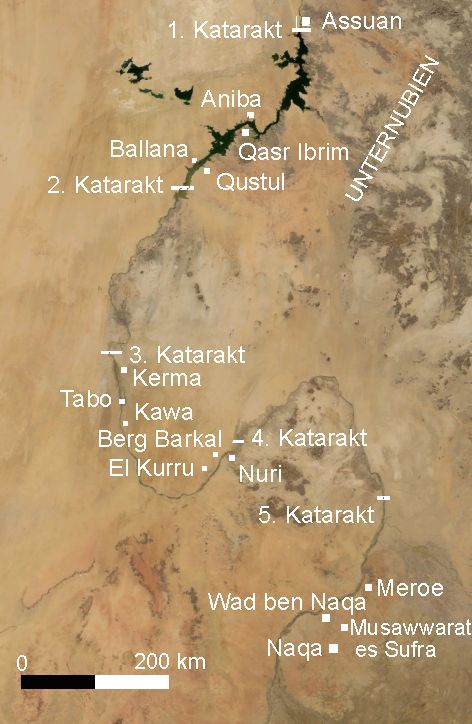
Tabo (Nubia)
Large damaged Amun temple in Nubia.

Soba (city)
Medieval Nubian city on Blue Nile